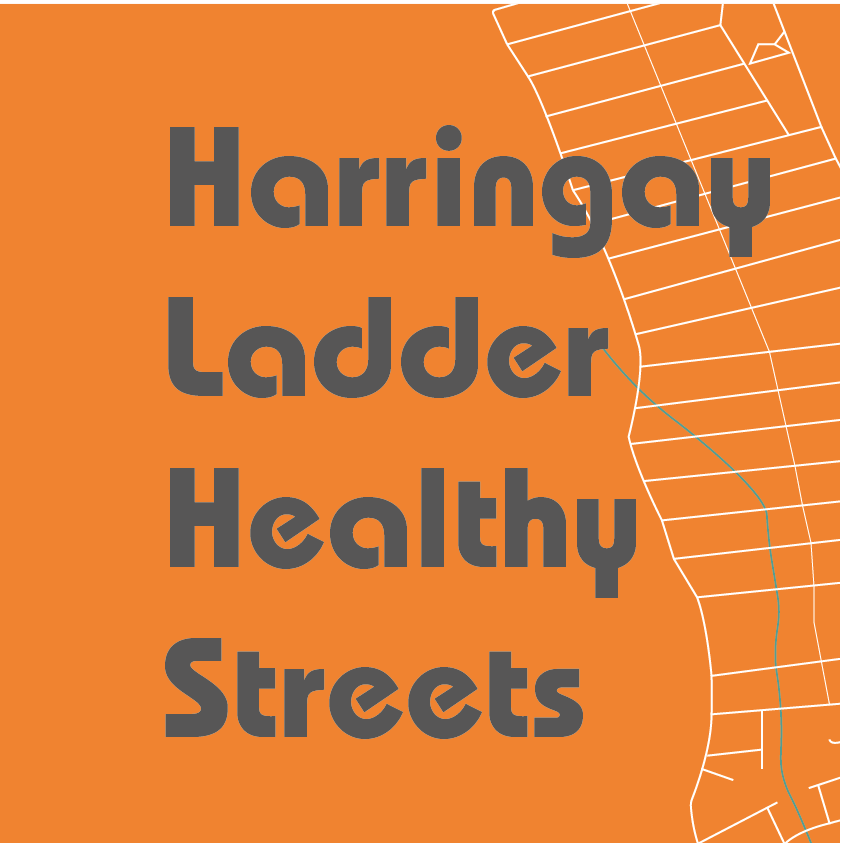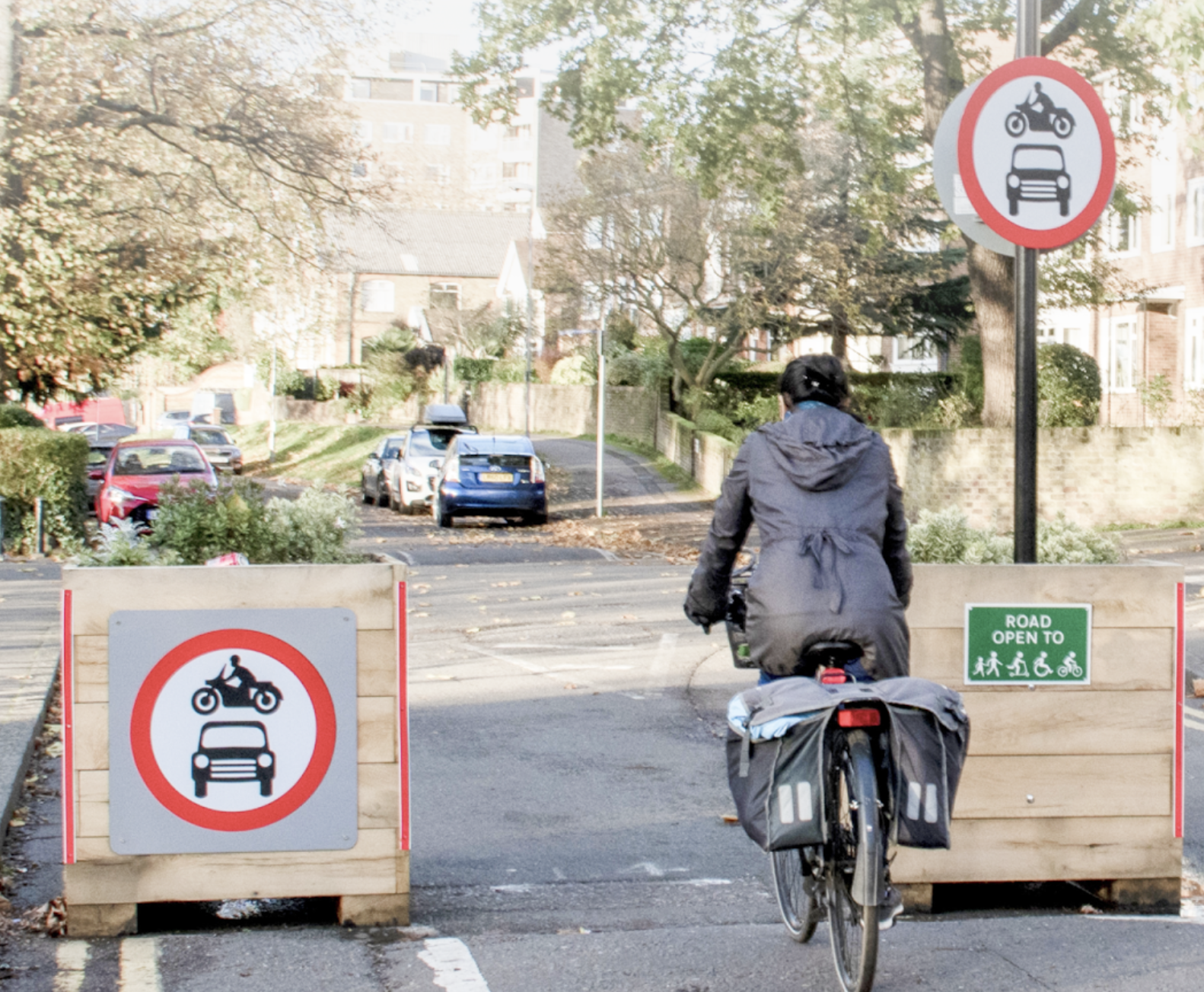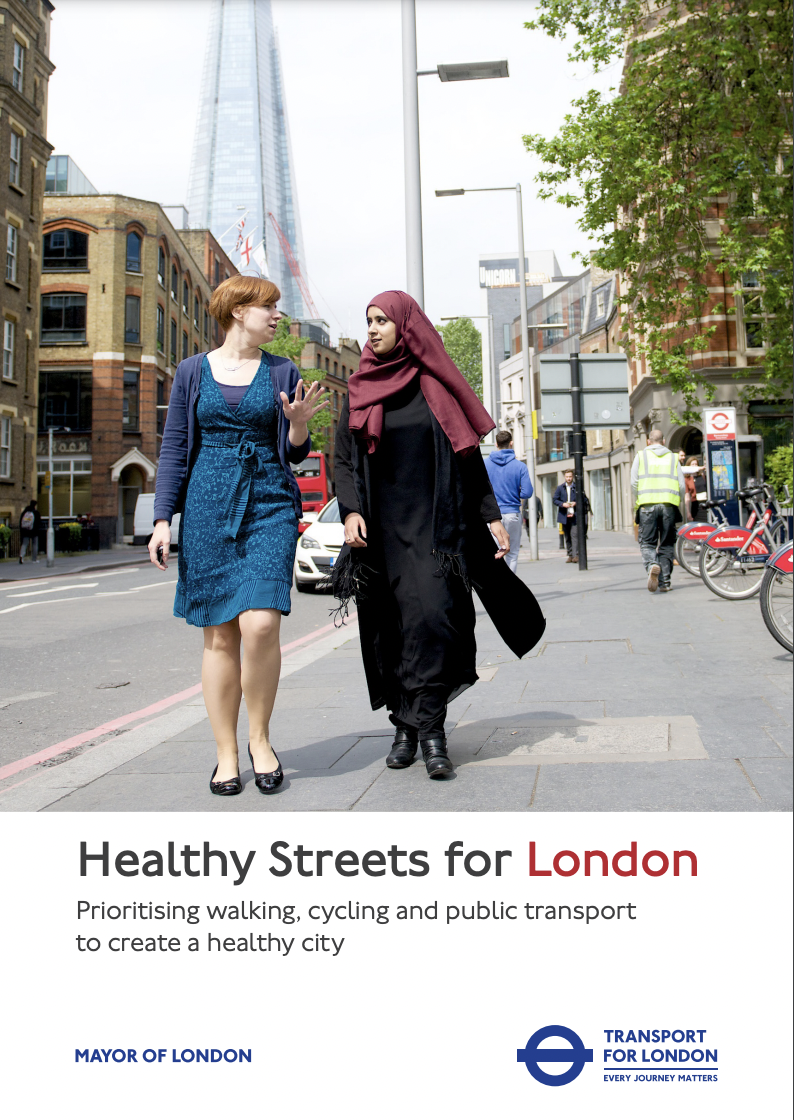The Health gains of low-traffic schemes are up to 100 times greater than costs
The cumulative public health benefit of people being more active was estimated at as much as £4,800 per local adult over a 20-year period, the authors found, as against a cost per person to build LTNs of about £28-£35, or £112, depending on the type of scheme built
Date: March 2024
LTNs don’t push traffic onto boundary roads, latest study says
Low-traffic neighbourhoods significantly reduce the number of motor vehicles within their boundaries without appearing to push traffic on to roads around their edges, the most comprehensive study yet of such schemes in the UK has concluded.
Date: Jan 2023
Centre for London study on LTNs
Low-traffic neighbourhoods boost cycling, reduce car use and make roads safer, but councils could do more to make the schemes more palatable and comprehensible to local people, the most thorough study yet of the concept has concluded. The report also found no evidence they disproportionately benefited richer people.
Date: June 2022
Study shows positive impact of ‘LTNs’
Research from Imperial College shows decreased traffic volumes insides and outside LTNs
Success Down The Road
Read about the success of the mini-Holland project in Waltham Forest
Mayor of London backs ‘Healthy Streets’ approach
The Mayor of London, Sadiq Khan, and Transport for London are taking the Healthy Streets Approach, to encourage more Londoners to walk, cycle and use public transport. Take a look at the plans by downloading the PDF.
Healthy Streets Scorecard publication 2022
The 2022 data reveals a gulf between the boroughs shown to be the best and worst at delivering healthier and more sustainable mobility in London.
Street Shift: The Future of Low-Traffic Neighbourhoods
The Mini Holland schemes introduced in Kingston, Enfield and Waltham Forest have been estimated to bring £724m in health benefits from increased walking and cycling (a ninefold return on public investment).
A Guide To Low Traffic Neighbouhoods
Around 15% of displaced traffic disappears from the area entirely as drivers adjust their routes










